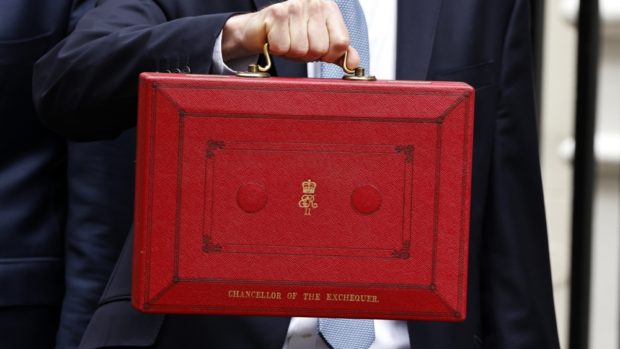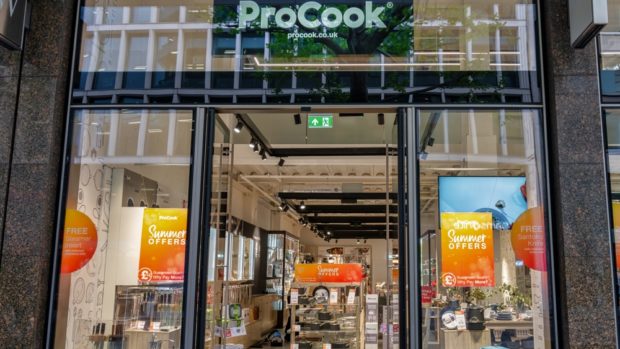
Over half of consumers worldwide (56 per cent) have changed their spending habits from a year ago, not only becoming more price conscious but demanding payment choice, from debit cards and bank transfers to digital wallets and cash, according to new research from Paysafe (NYSE: PSFE), a global payment processor and digital wallet provider.
According to Paysafe’s report, ‘Inside the Wallet: How consumers are spending and saving in 2024’, 43 per cent of consumers have abandoned their online shopping cart if a business didn’t offer their payment method of choice. With retailers increasingly adopting cashless policies, an overwhelming number of consumers (63 per cent) expressed concern about losing cash as a payment option, with another 44 per cent of people indicating that they want to be able to buy goods or services online and pay for them in cash at a local store.
Security in payments was also top of mind for respondents. More than half of people (54 per cent) said that security in a business’s payment process is an important factor when deciding how to purchase online. While two-thirds of consumers reported feeling better buying from a business if they know there are security steps in place to protect their data or if they see a payment option they recognise.
Payment Options for Diverse Consumer Needs
Spending preferences are growing increasingly diverse. Debit cards (53 per cent) are the top payment method being used more frequently this year vs last year, but bank transfers (39 per cent), credit cards (33 per cent), and digital wallets (32 per cent) have also increased in popularity, with new payment methods and platforms beginning to emerge. Over half (58 per cent) of consumers have made an online purchase through social media, with 38 per cent doing so multiple times a year. Another one-third (32 per cent) of people are now using a wearable device, such as a smartwatch, to pay.
Attitudes to developing technologies vary by generation, with younger people more likely to embrace innovative payment options, such as AI-powered payments. Over a third (36 per cent) of 18-43-year-olds are fully comfortable with AI being used to improve payments. This compares to 33 per cent of those aged 60 and over who are not comfortable at all with the idea of AI in payments.
Bob Legters, Paysafe’s SVP Product, commented: “Consumers are comparison shopping more than ever, not only to find the best deal but the best payment experience that delivers choices, security, and speed, and keeps them coming back. As consumers’ financial situations and priorities shift, businesses need payment partners that have a track record of offering innovative payment options that attract a wide pool of consumers—from younger to older and every age in between.”
Financial Health
Diving deeper into the data behind these changing payment habits, the research reveals the financial challenges faced by many global consumers. Over half (56 per cent) of respondents say that they are earning just enough to cover their monthly expenses and a quarter (25 per cent) say they are not earning enough money to cover their monthly expenses, with the figure rising to 33 per cent for Gen Z.
While most respondents anticipate an increase in their income over the next 5 to 10 years – around half (49 per cent) believe their income will rise by 10 per cent or less, and 12 per cent say they don’t expect any increase. Despite having limited disposable income early in their careers, Gen Z and Millennials were hopeful about their future earning potential, anticipating increases of 20 per cent and 18 per cent respectively.
But with many consumers living pay cheque to pay cheque, the opportunity to save has decreased, with 39 per cent saving less than 6 per cent of their income each month and 14 per cent not saving at all (down from 18 per cent in Paysafe’s 2023 research). The inability to save can be attributed to an increase in the cost-of-living, with respondents reporting that they’re spending more on everyday necessities like groceries (66 per cent), utilities (57 per cent) and essential consumer goods (51 per cent).
Optimistic Outlook
Paysafe’s data indicates a sense of optimism among consumers, with 60 per cent of respondents – and 78 per cent of Gen Z – expressing confidence about their financial future, and planning towards this.
Over a quarter (27 per cent) of respondents are saving to buy their first home. This rises to nearly half (48 per cent) of Gen Z respondents, who expect to purchase their first home before the age of 32. Gen Z’s positive outlook extends to the belief that they can achieve another major milestone early in life – nearly half (49 per cent) expect to retire before the age of 61.







Share